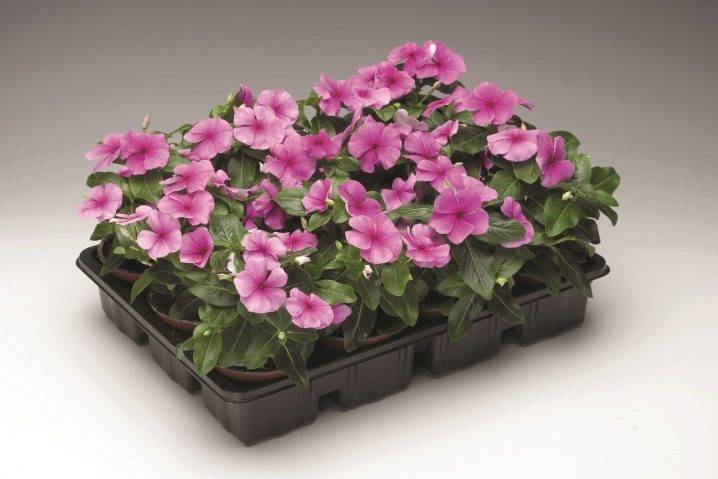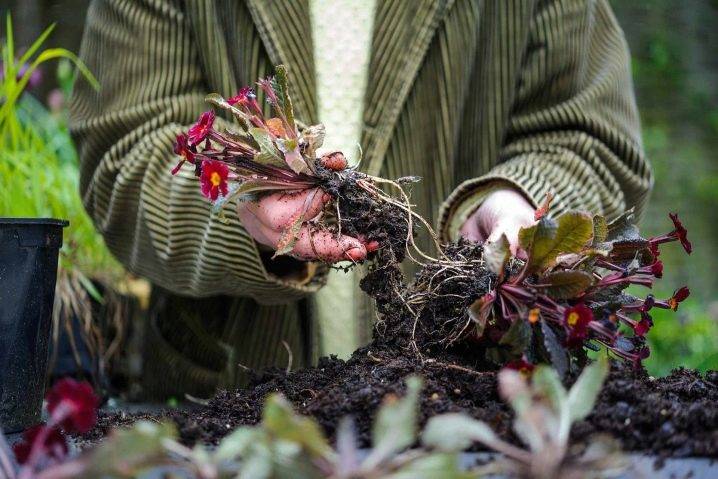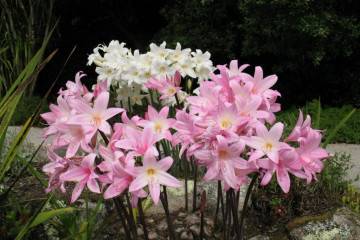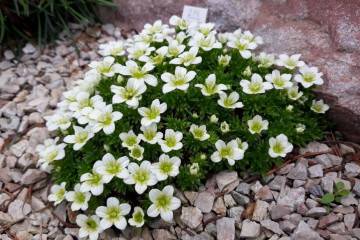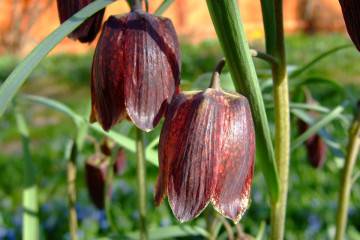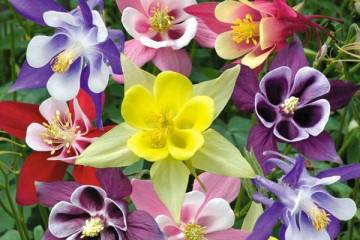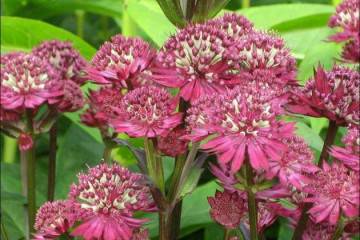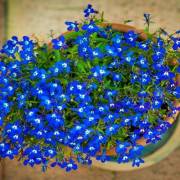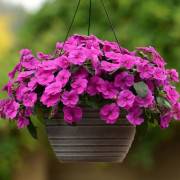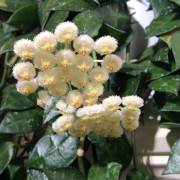Ampelous catharanthus - what kind of flower
Content:
Katarantus is a spectacular plant in the form of a lush bush with beautiful flowers. Due to the long flowering and undemanding care, many gardeners have called the catharanthus "the king of flowers."
Origin and description of the catharanthus
Ampelous katarantus, aka periwinkle, belongs to the Kutov family. There are eight types of them in total. Seven of them naturally grow on the island of Madagascar, and one - in India - pink catharanthus. It has been cultivated as a home crop since the mid-18th century.
The bush is upright. The stems are strong and thick. The root is well developed, pivotal. Leaves are oblong, pointed, glossy green. The flowers are round and large.
Healing properties
Periwinkle-catharanthus is used by Indonesians in pharmacognosy to treat coughs, tumors and lower blood sugar levels. The foliage is used for the preparation of infusions, which are used in the treatment of ulcers, diseases of the pulmonary tract, high blood pressure.
Varieties of catharanthus
At home, only a few varieties of flowers are grown:
- Aristocrat. The height of the bush is up to 50 cm. The diameter of the flowers is up to 5 cm. The colors are white and purple-red;
- Pacific. The height of the bush is 30 cm. The peculiarity is that it blooms early. The buds are large and bright;
- First Kiss. Low bushes up to 30 cm. The color difference is huge, more than 12 shades;
- Cascade. The height of the bush is 15 cm, the shoots are long hanging down. The flowers are large, white and red cherry shades;
- Sirtaki. It is a short bush with white or pink flowers of various sizes in bloom;
- Sunstorm parpl. The height of the flower is 25 cm. The buds are of medium size, their color is lilac and purple.
Care
Wanting to plant an ampelous catharanthus, growing and caring for this flower will not cause any difficulties, so you should not doubt your abilities.
Illumination and air temperature
Katarantus Roseus needs diffused lighting. It is best to place it in the western and eastern parts of the apartment. Katarantus pink GF will feel great in pots, on shelves in partial shade. In winter, the plant must be supplemented with lamps.
In summer and spring, temperatures are required in the range of 20-25 ° C, and in the cold season not lower than 15 ° C.
Watering and humidity
Katarantus belongs to moisture-loving plants, so it must be watered as the top layer of the earth dries out. There should be a drainage layer in the pot. If the indoor humidity is low, the flower should be sprayed twice a day with warm water.
Top dressing and soil quality
The land for the catharanthus needs light and fertile. You can plant a flower in a soil mixture for flowering plants. You can also prepare the soil yourself. This will require peat, turf and sand. Everyone takes in equal amounts.
Top dressing is carried out once a week, as a rule, phosphorus-potassium fertilizers are used. During the period of active growth, once a month, you can feed the flower with organic matter.During the dormant period, fertilization is not necessary.
Flower pot size
The capacity for the catharanthus is chosen high, since the culture has a long taproot. The pot must be equipped with a drainage hole.
Pruning and replanting
Pruning is best done in early spring. All dried and damaged stems should be removed. This helps the plant to grow more green matter. During the flowering period, remove faded buds, yellowed foliage.
Pink periwinkle catharanthus is transplanted by the transshipment method. At the same time, it is important to preserve the old clod of earth. The transplant is performed in early spring before the beginning of the growing season.
Outdoor cultivation
Seedlings are planted at the end of May, when the ground warms up to 12-15 ° C. The place is chosen calm and well-lit. The plant can be planted both in a flower bed and in hanging pots. Seedlings are transplanted into planting pits with humus at a distance of 30 cm from each other. Young bushes are watered, the ground between them is sprinkled with mulch.
How and when it blooms
Flowering occurs from early spring to late autumn. During this period, whole clouds of lush buds form on the bushes, and the plant becomes even more beautiful.
The flowers of catharanthus Black and many other varieties grow up to 5 cm in diameter, have the correct shape, and consist of five petals. In the middle of the buds there is a peephole of contrasting colors.
How to propagate
Catharanthus can be propagated by cuttings, rooting in the ground, dividing the bush and through seedlings.
Propagation by cuttings
Cuttings are taken after spring pruning. Strong shoots at the top are left, all the rest are removed. The cuttings are placed in a mixture of peat and sand in equal proportions and covered with plastic wrap. Spraying and watering is carried out regularly. Be sure to do airing. A month later, when young roots appear, the seedlings are transplanted into a new pot with suitable soil.
Rooting in the open field
Rooting the stems in stages:
- The stem with trimmed leaves is placed in a special substrate.
- The plantings are covered with foil and left in a bright and warm room.
- Periodically ventilate, remove excess condensate and spray the soil with water.
- When the first shoots appear on the stem, remove the film.
Reproduction by dividing the bush
The process of dividing the bush step by step:
- Remove the flower from the pot.
- Remove all excess soil around the roots.
- Divide the bush into the required number of divisions.
- The cut sites are treated with an antiseptic.
- Plant parts are planted in separate pots.
Growing from seeds
Growing from seeds step by step:
- The seeds are placed in a prepared substrate, consisting of garden soil and river sand, to a depth of 1 cm.
- The plantings are covered with foil and left indoors at a temperature of 25 ° C.
- When the first shoots appear, the shelter is removed.
- The seedlings are moistened with a spray gun as the top layer of the earth dries up.
- The grown seedlings are dived in separate containers.
Growing problems, diseases and pests
Katarantus has good immunity to various diseases. But if you do not follow the watering regime, the flower can be affected by fungal infections, which appear in the form of brown spots and decay of the roots. If the air in the room where the flower stands is not humid enough, pests such as scale insects and spider mites may appear. In the open field, aphids can attack the plant.
If pests were found on the plant, you should treat the flower with a soap solution and replace the top layer of soil in the pot.
Katarantus is ideal for growing at home. If the plant is properly looked after, then it is easy to grow, it will decorate the garden or the interior of the apartment with its lush flowering for a long time.
